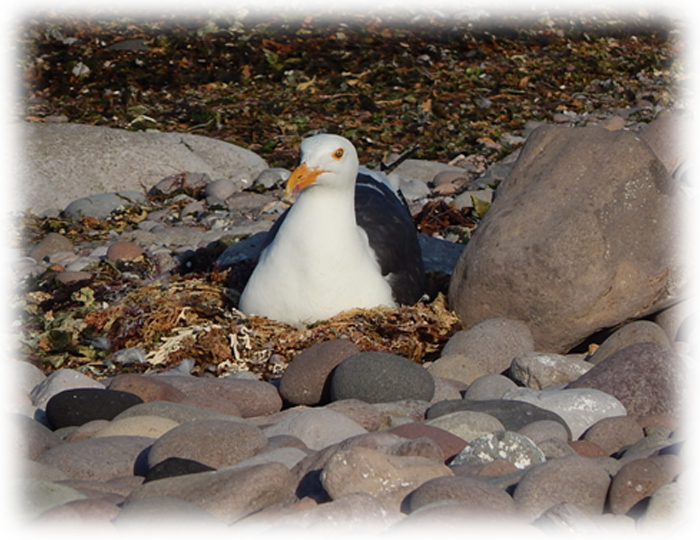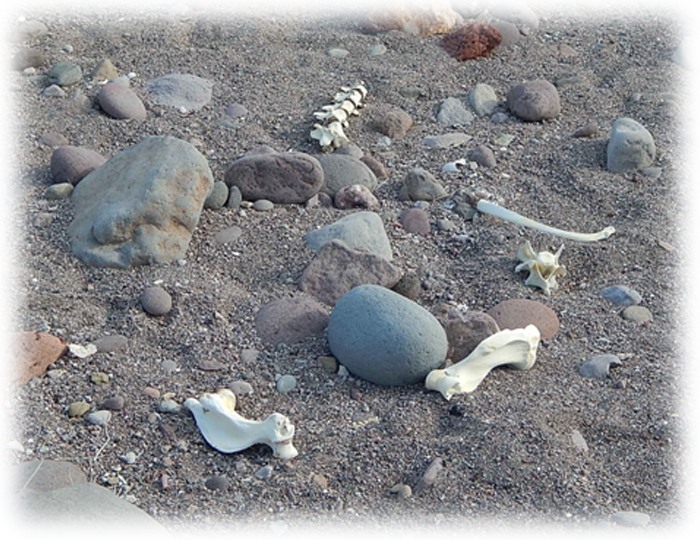Geology is fun! The Sea of Cortez sits atop the San Andreas Fault, the same fault that extends north into California. The North American tectonic plate and the Pacific plate border each other here. In the Sea of Cortez, the motion of these two plates perpendicular to each other results in the Baja Peninsula moving away from the mainland of Mexico, and that motion is precipitated by volcanic activity in the sea and the creation of some new oceanic islands, mainly composed of dense basalt. Farther north in California, the plates move tangential to each other, so they scrape each other and this scraping causes earthquakes. Other islands here in the Sea of Cortez are lower mass density granite continental islands, and instead of being formed by volcanic activity were formed by splitting off from parts of the lighter weight continental masses. We have seen both basalt-based volcanically formed islands and granite-based continental islands so far on this trip.
Street Address
City, State, Zip
Phone Number
Your Custom Text Here



